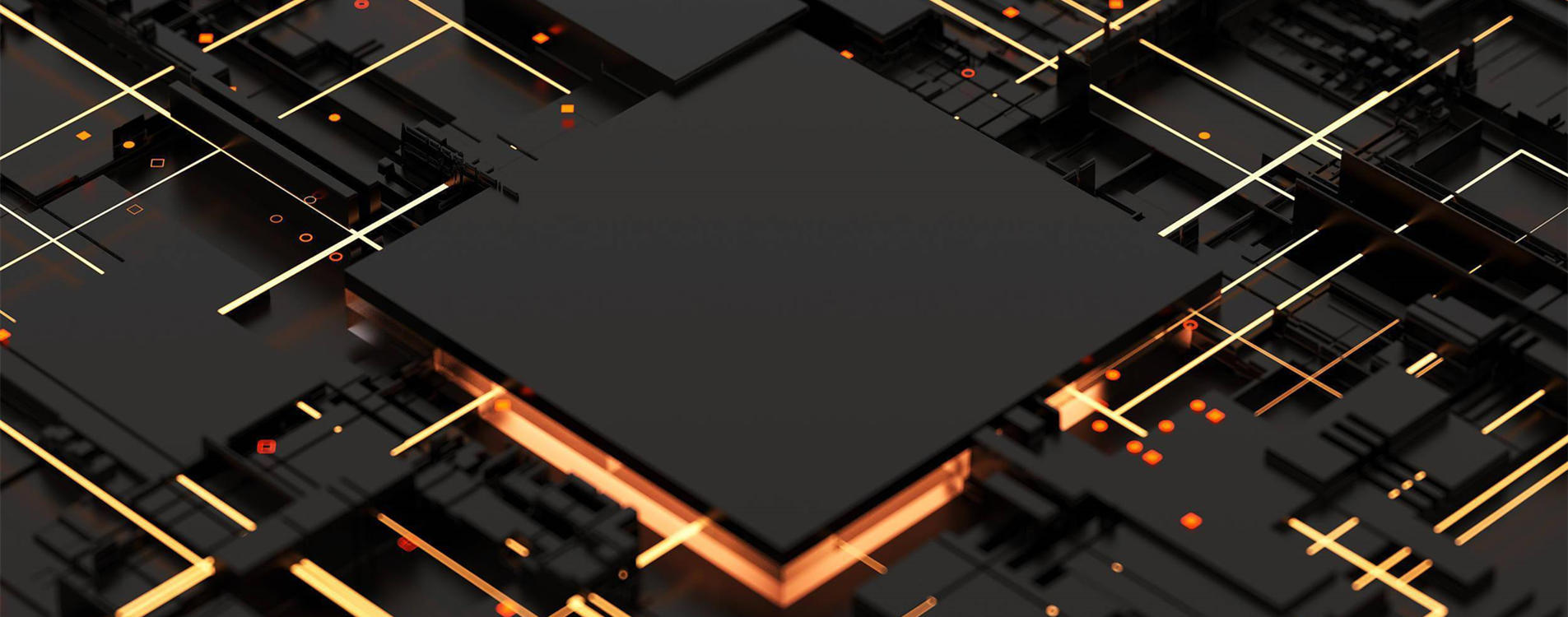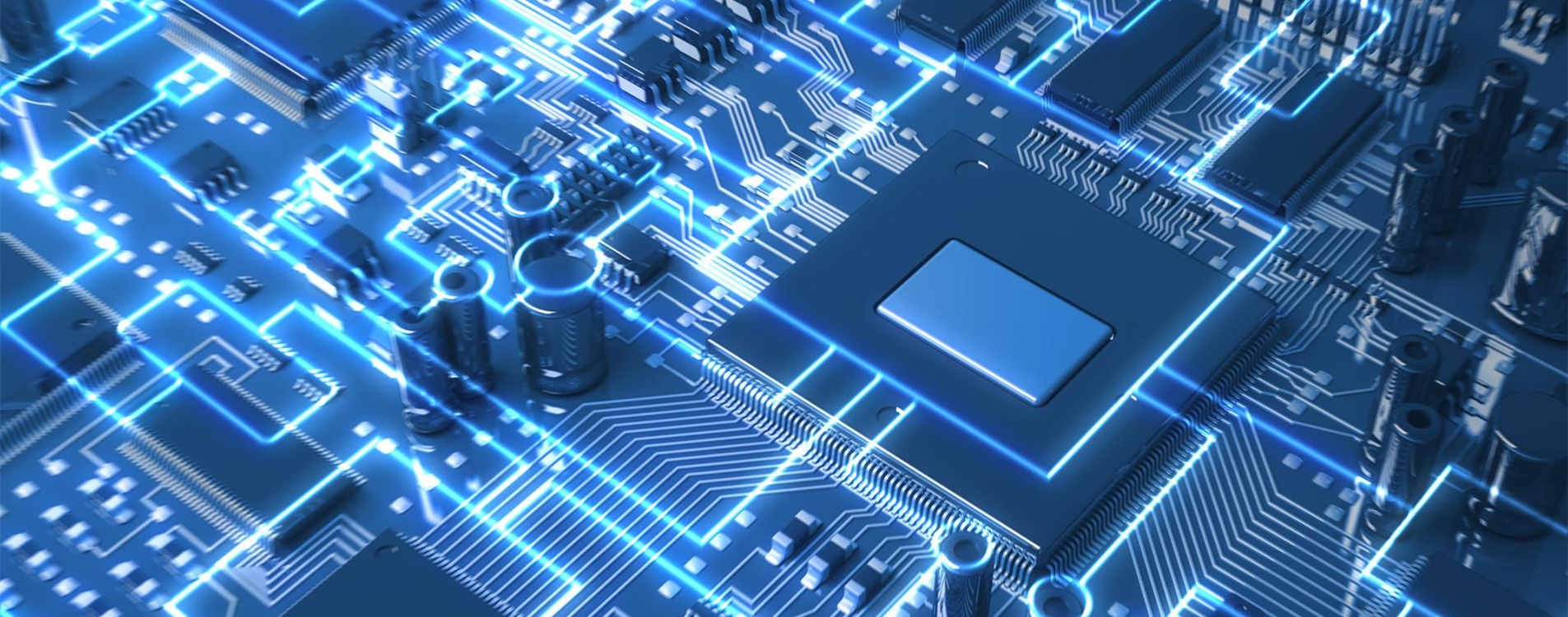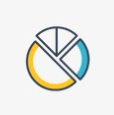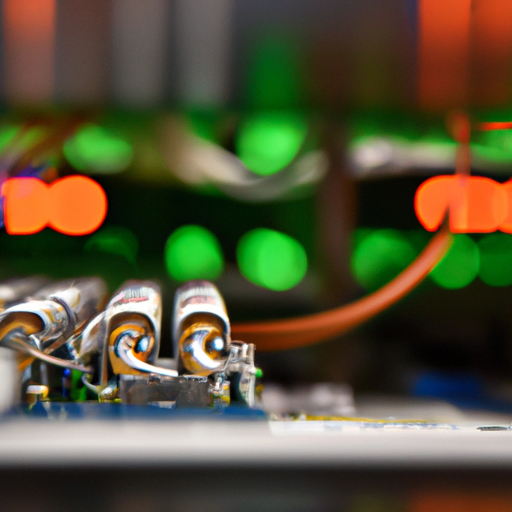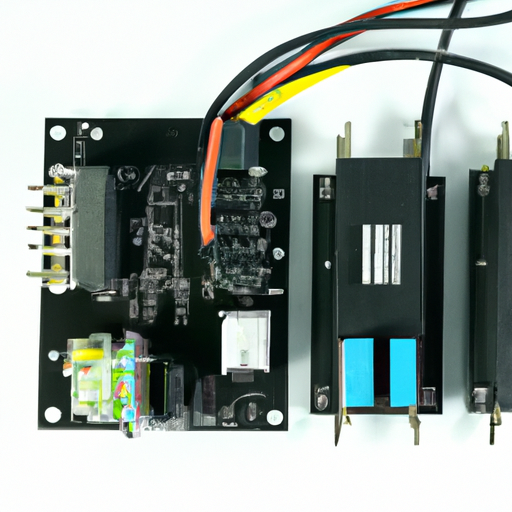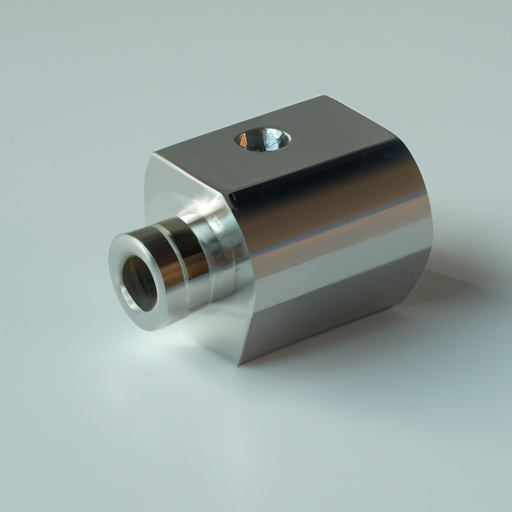
INFORMATION
Overview of information, trends, and policy information in the electronic component industry, with a clear view of the world
What are the purchasing models for the latest Adjustable sensor device components?
What is the mainstream Fixed electrical sensor production process?
What are the purchasing models for the latest Fixed electrical sensor device components?
What are the trends in the Polymer capacitor industry?
What are the purchasing models for the latest Silicon capacitor device components?
What are the product features of Oxidation capacitor?
STAFF
Industry professional elite team, providing you with ultimate service
